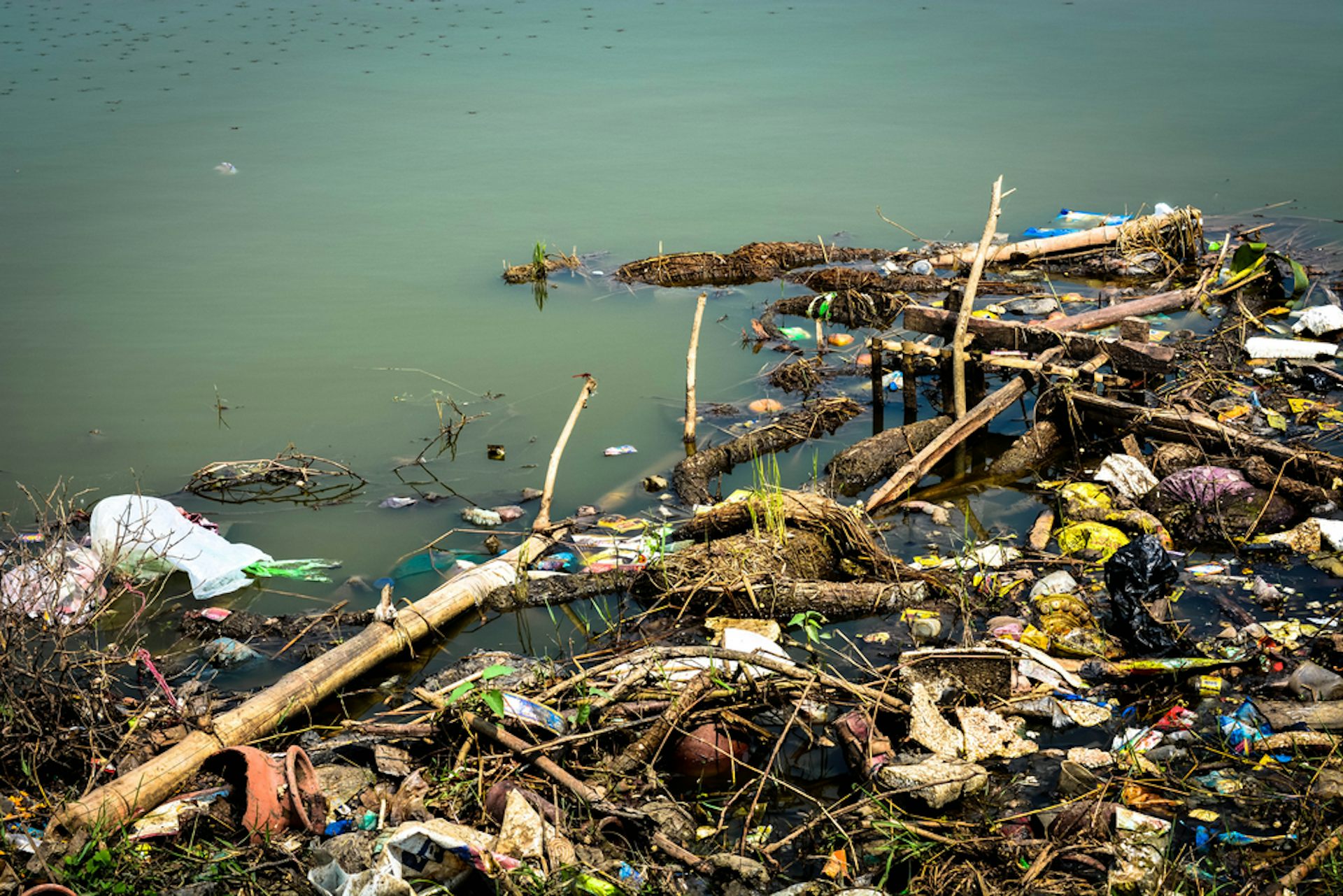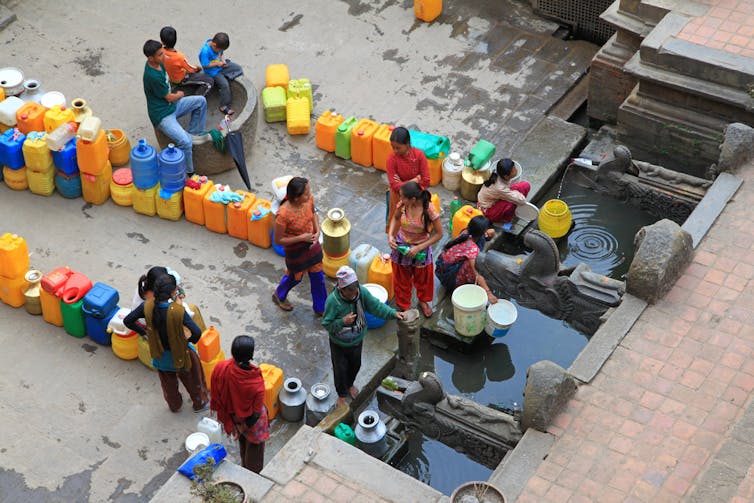
The consumption of antibiotics has increased significantly over the past 15 years, according to a recent study. The increase occurred despite the international push to reduce the use of these important drugs.
Researchers found that while many low- and middle-income countries still lack appropriate access to antibiotics, the global increase was driven largely by some developing countries which face more drug-resistant infections and a lack of tools to test infections and track how these medications are used.
To tackle antimicrobial resistance (AMR), we need to look at all the factors behind how and when antibiotics are used. One obstacle I often see as a medical microbiologist working in developing countries, is a lack of access to clean water, which makes preventing and controlling infections nearly impossible. It is a major driver of inappropriate antibiotic use and, ultimately, the growth in antibiotic-resistant bugs – so-called “superbugs”.
For want of water
I think back to one night when there was a violent knock at the door around midnight and I was told that there was an emergency patient that I needed to see. I woke the medical team, who were sleeping after a 16-hour trek – just one leg of a village to village journey providing healthcare in rural Nepal.
Before we got to the door of the emergency department, we could smell the problem: gangrene. A ten-year-old boy had broken his arm two weeks earlier when ferrying water from the river to his home on top of a hill where he lived with his 80-year-old grandmother. His six-year-old brother walked with him for almost three days to come to the healthcare centre.
Because of a lack of water, the boys did not clean the wound but tore an old shirt to use as a bandage. In the two weeks since the injury he had not taken the “bandage” off because the pain was unbearable. By the time we saw him, the only thing we could do was refer him to the nearest hospital – a two-hour flight away – for an amputation.
We cleaned the wound in the hospital, but it was too late to save the arm. We prayed that the flight would be able to land the next day (not a given, thanks to the monsoons). After 32 hours, a plane was able to land and take him away.
When we saw the boy three weeks later at the hospital, he had only a stump where his right arm was. He still smiled when he saw us, but told us: “I am not sure how to get water to my house now with one hand.”
In the coming weeks, the boy developed a persistent fever and it was discovered he had a drug-resistant infection. While spending an extra month in the hospital fighting off this infection, his brother developed diarrhoea caused by a different drug-resistant bug in untreated tap water.

A water crisis is a health crisis
While water scarcity in California and Cape Town makes headlines, the World Health Organisation and UNICEF report that 2.1 billion people lack access to a safe and sustainable water supply. Around 40% of health care facilities in developing countries do not have a water supply. This is why the water crisis is a health crisis. Having access to safe water and sanitation is central to improving health and fighting diseases that are increasingly resistant to treatments, such as typhoid, cholera and dysentery.
One of the United Nations’ sustainable development goals is to ensure access to sustainable water and sanitation for all people by 2030. Despite the resolution, water scarcity has spread rapidly to many parts of the world as population and consumption levels have increased against a fixed supply of renewable fresh water.
The establishment of water treatment facilities throughout urban and rural regions in poor areas like Nepal are limited. The capital, Kathmandu, sees massive shortages of water: 60% of the city has access to piped water, but it only flows for two to three hours every ten days. These shortages lead to sanitation and hygiene problems and, as a result, foster a high number of waterborne diseases such as diarrhoea, dysentery, typhoid, gastroenteritis and cholera.
Rainwater harvesting could be a solution for places like Nepal, which has excessive rainfall for four months every year. While collecting rainfall on roofs is deemed to be unsuitable for big hospitals that guzzle a lot of water, these systems could be useful in smaller hospitals in rural areas and in homes. Installing rainwater harvesting systems has also been shown to reduce the need to buy water from private suppliers, and can improve sanitation and reduce disease.
If this boy had access to clean water at home, he may not have broken his arm or his immune system may have been stronger to fight the infection. With clean water, he could have cleaned the wound and changed his bandages. If the hospital had clean water, better hygiene could have prevented blood infection from a drug-resistant bug and his brother would not have developed diarrhoea. Preventing any of these complications could have further reduced the need to use antibiotics and helped slow the spread of antibiotic resistance.
![]() The two boys we treated for the broken arm and diarrhoea had a happy ending that too many do not. Antibiotics eventually worked, and after three months in the hospital, they got to go back home to their grandmother. I often think of them and the question he asked us: how will he get water these days?
The two boys we treated for the broken arm and diarrhoea had a happy ending that too many do not. Antibiotics eventually worked, and after three months in the hospital, they got to go back home to their grandmother. I often think of them and the question he asked us: how will he get water these days?
Abhilasha Karkey, Research Fellow, University of Oxford
This article was originally published on The Conversation.
